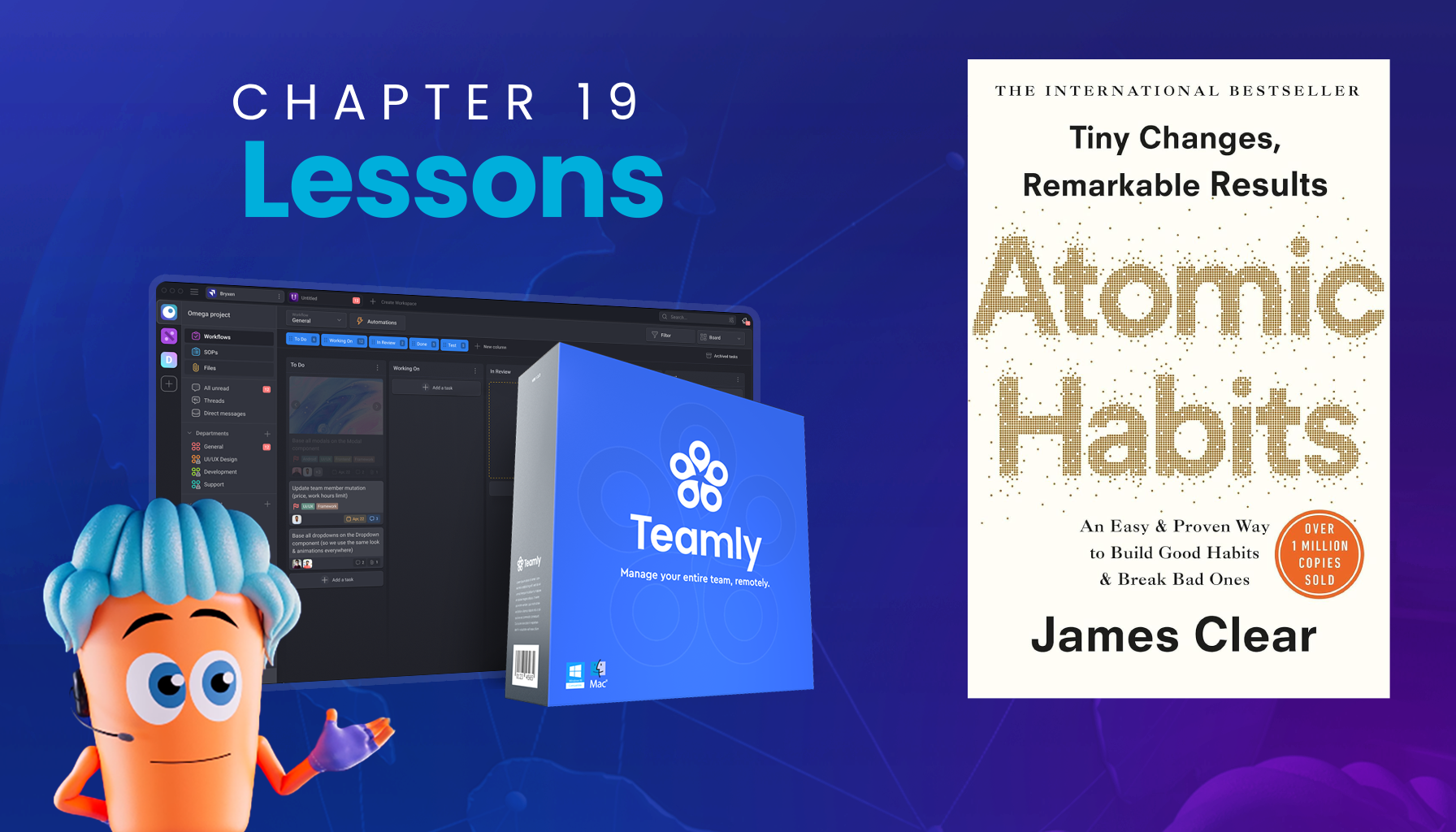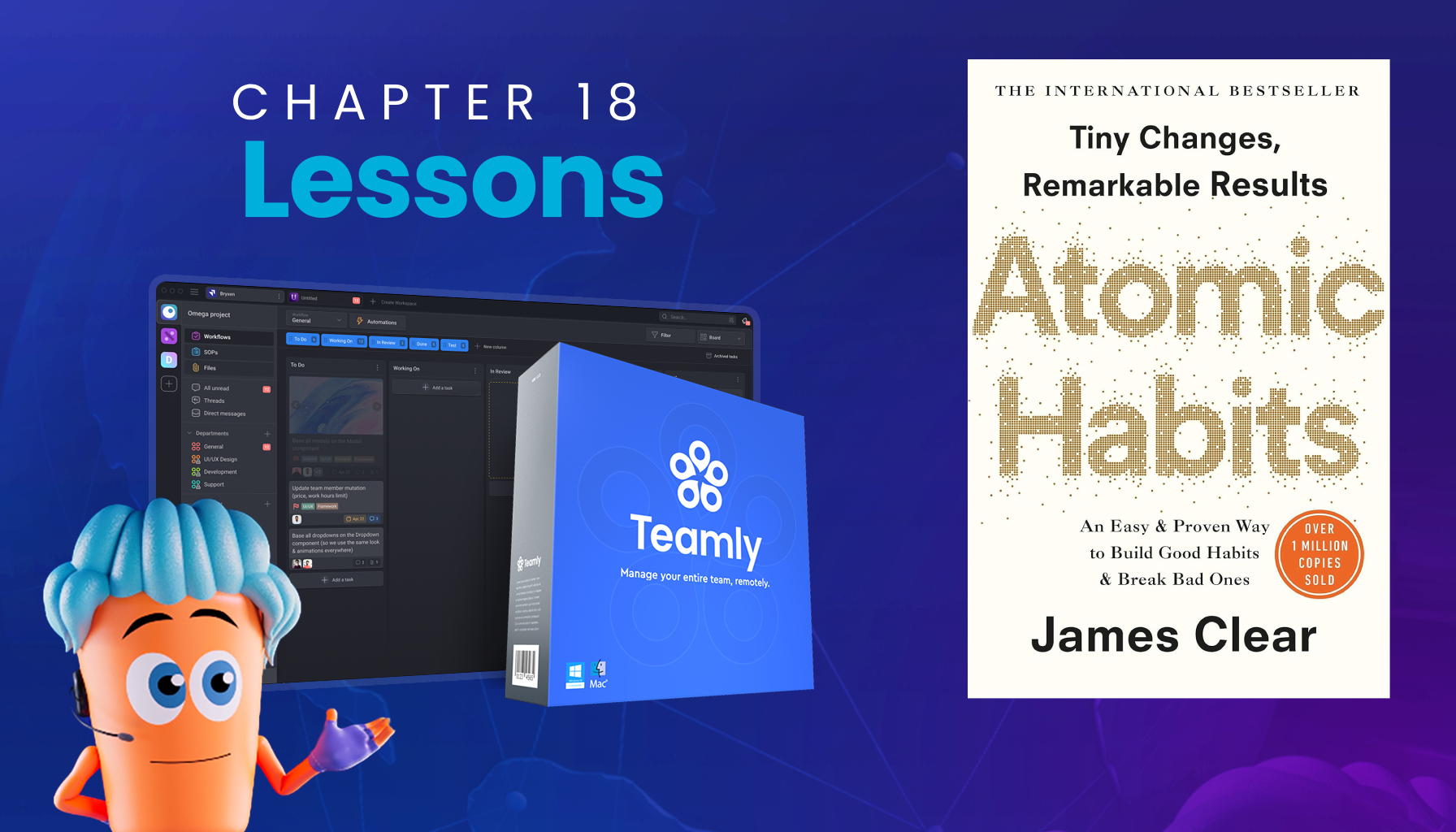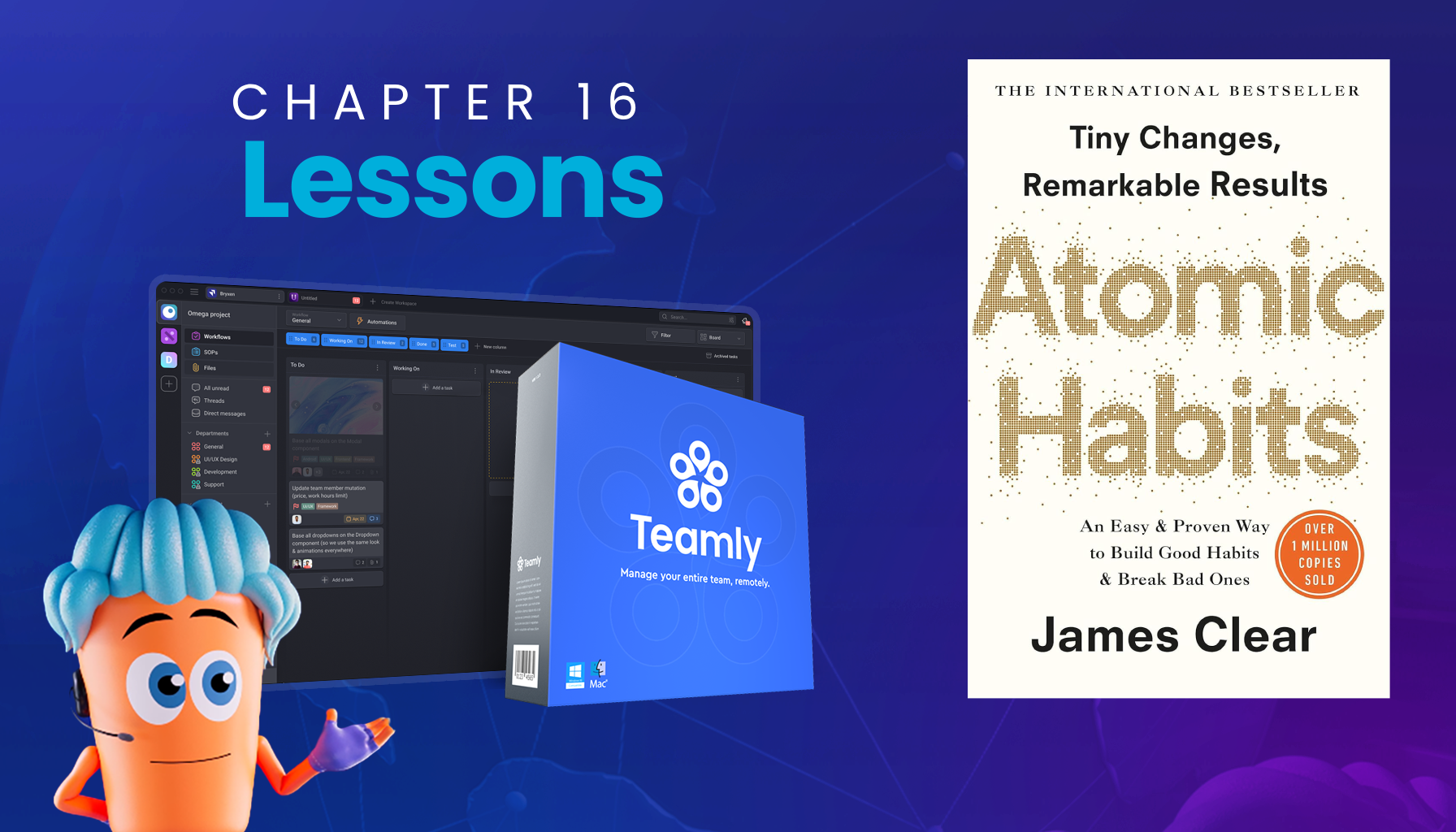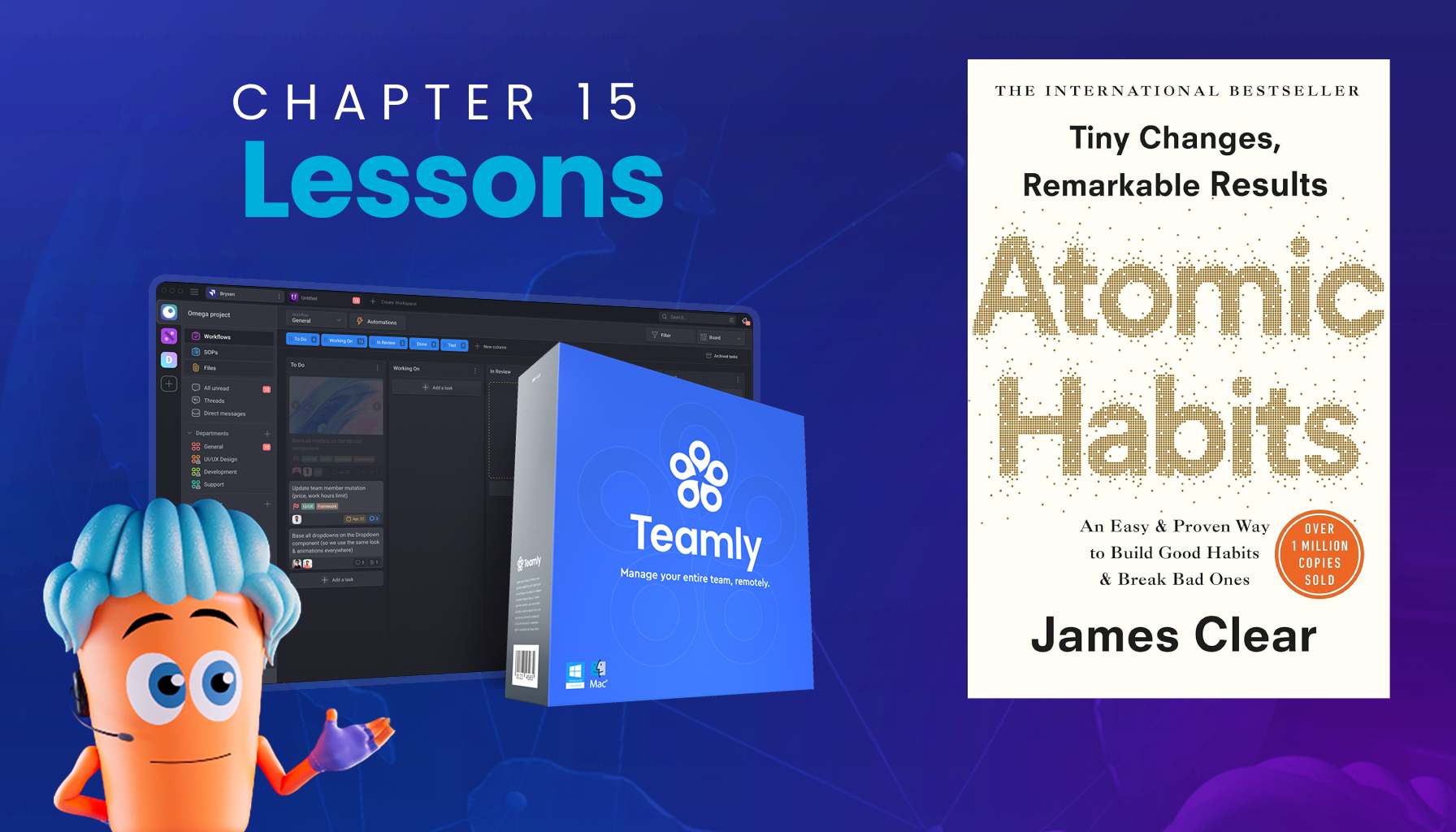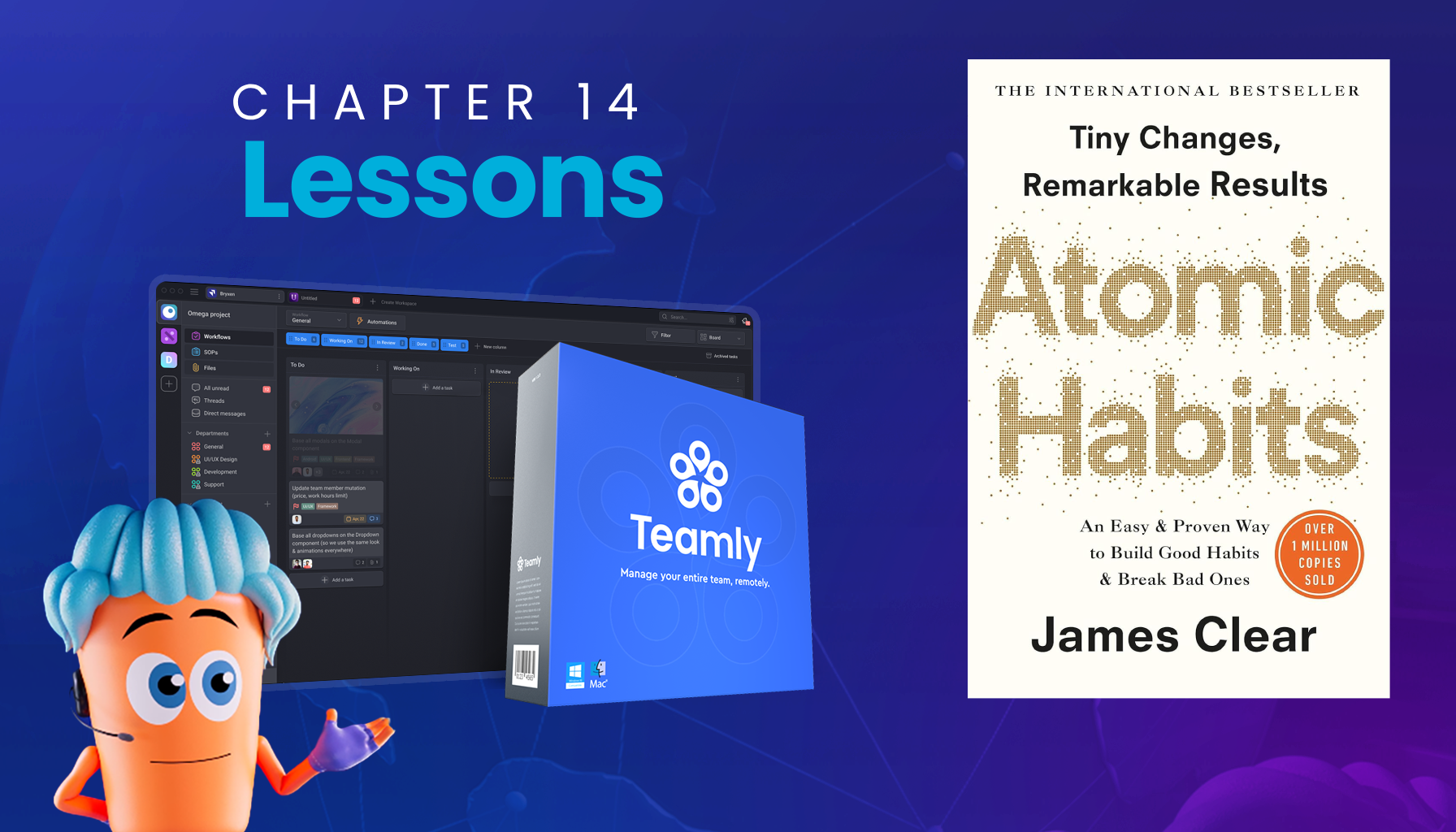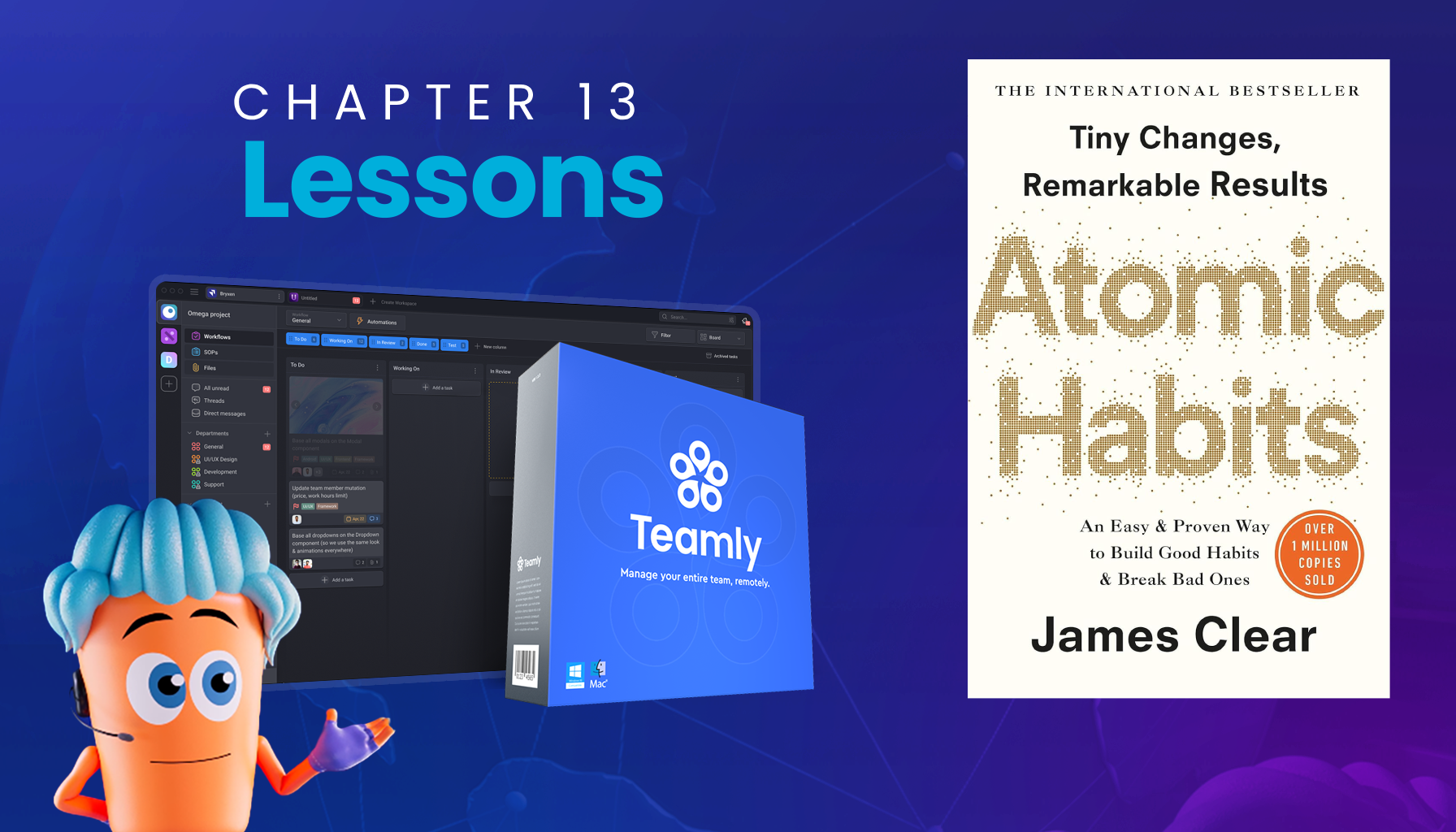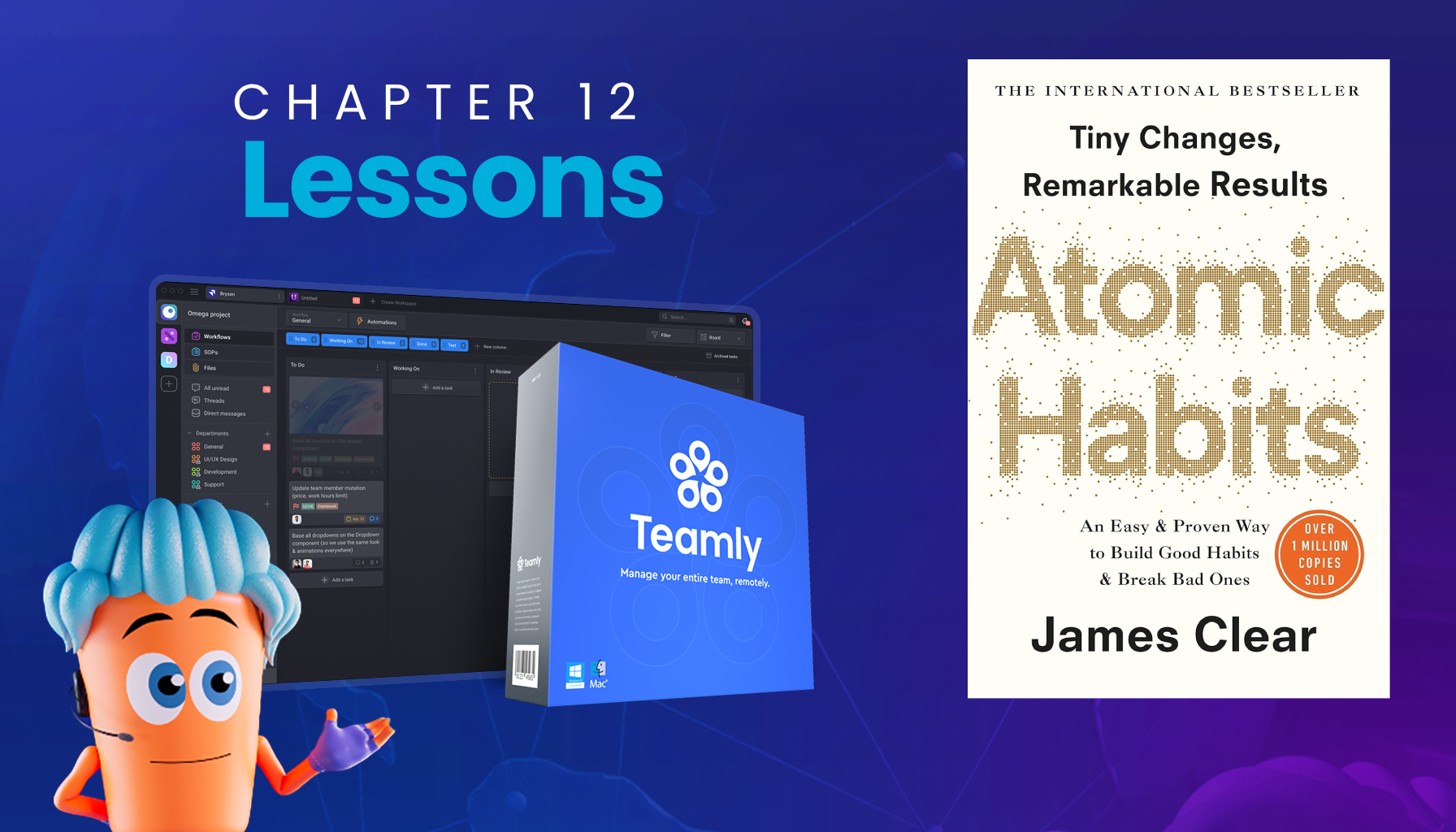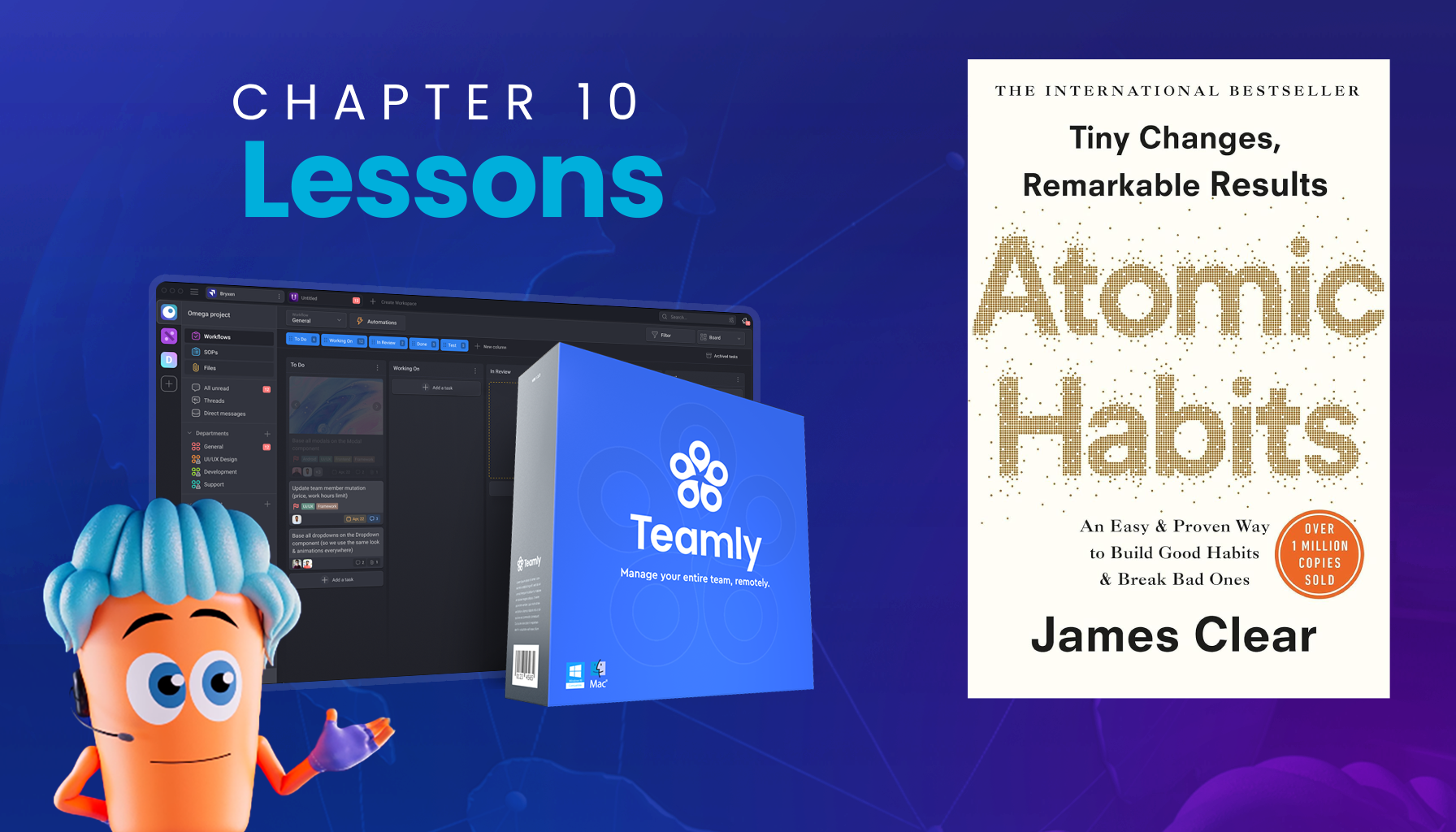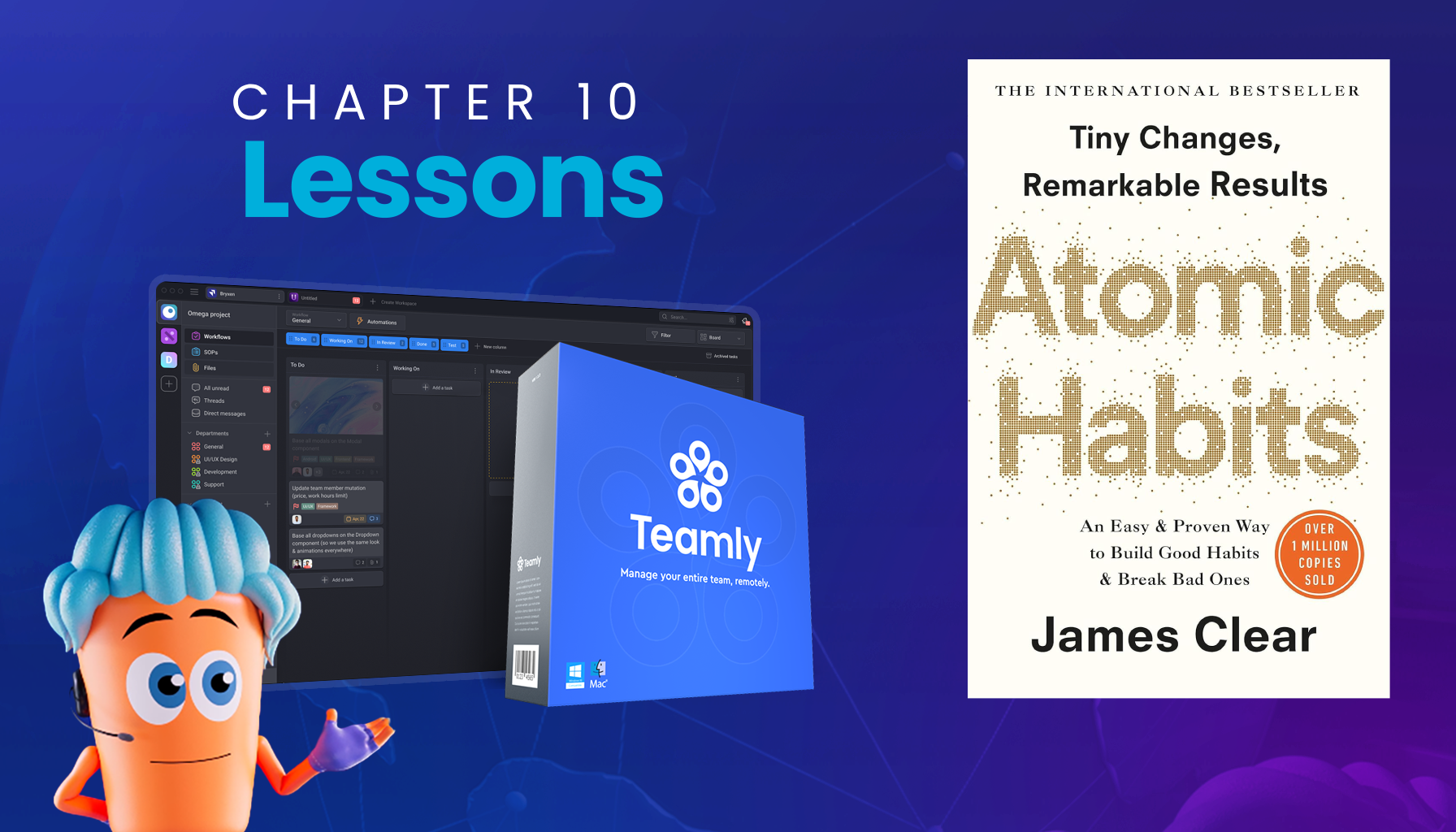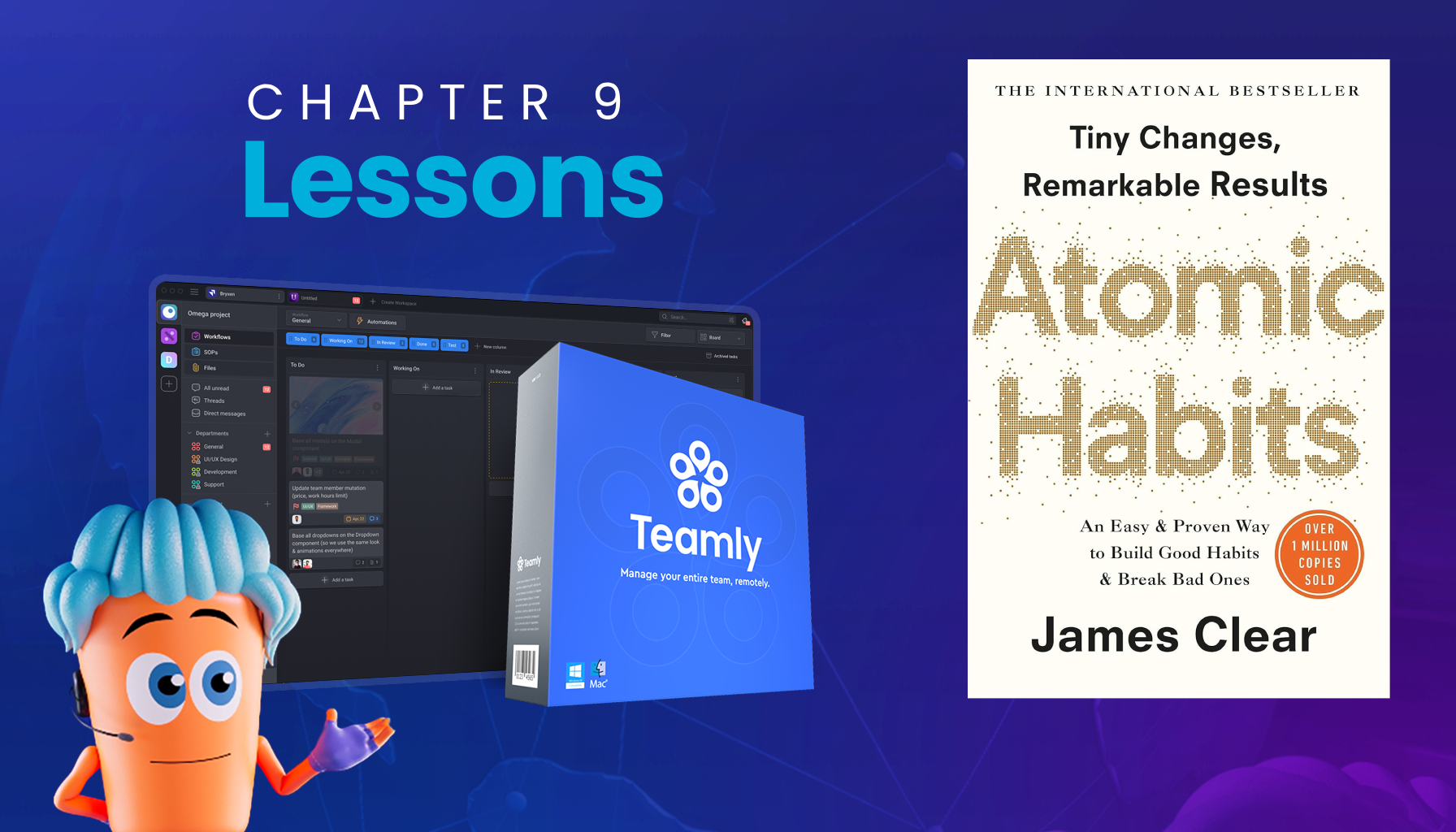Motivation can be a slippery thing to hold on to, especially in a world full of distractions.
James Clear’s Atomic Habits offers a practical concept called the “Goldilocks Rule” to help anyone stay focused and keep progressing towards their goals. This principle suggests a strategic approach to keeping habits engaging and avoiding burnout.

Steve Martin’s Journey to Mastery
James Clear illustrates the Goldilocks Rule by recounting the career journey of Steve Martin. Starting as a young boy selling guidebooks at Disneyland, Martin slowly transitioned into comedy, practicing small routines until he perfected his craft.
It wasn’t glamorous at first—often performing to empty rooms—but Martin’s dedication to consistent, incremental improvement led to major success.
As Clear describes, Martin spent over a decade experimenting and refining his skills.
By his teenage years, he was performing regularly in small clubs, pushing himself to expand from brief, two-minute routines to longer, polished sets. This persistence eventually led to his breakthrough in the 1970s, where he became a regular on iconic shows like The Tonight Show and Saturday Night Live.
Martin’s journey highlights a fundamental insight: staying motivated isn’t about monumental leaps, but about making consistent, small improvements over a long period of time.
This mindset is crucial for anyone pursuing mastery in their field, whether in comedy, writing, business, or personal development.

The Goldilocks Rule Explained
The Goldilocks Rule emphasizes engaging in tasks of “just manageable difficulty.” When something is too easy, boredom sets in.
When it’s too hard, frustration can kill motivation. Instead, tasks that are slightly beyond your current abilities create the right mix of challenge and satisfaction. Clear points out that scientists have found people are most motivated when working in this sweet spot—dubbed the Goldilocks Zone.
This simple rule offers a framework to help anyone maintain momentum in their personal and professional growth.
By working on tasks that push abilities without overwhelming them, it becomes easier to stay engaged and focused over the long run. In essence, the Goldilocks Rule is about finding that delicate balance between comfort and challenge.
Mastery Requires Embracing Boredom
One of the most counterintuitive insights in Atomic Habits is Clear’s point about boredom. He argues that the greatest threat to success isn’t failure—it’s boredom.
As habits become familiar and routine, they can lose their initial excitement. When this happens, the temptation to shift gears and try something new grows stronger. However, continuously chasing novelty can easily derail progress.
The secret, as Clear suggests, is to embrace boredom.
By persisting through the mundane, the right habits eventually become second nature. Just like in Teamly’s software solutions, where consistent focus and collaboration keep projects on track, the key to long-term success is consistency. By mastering the art of showing up, even when motivation is low, individuals can achieve breakthroughs that others miss.
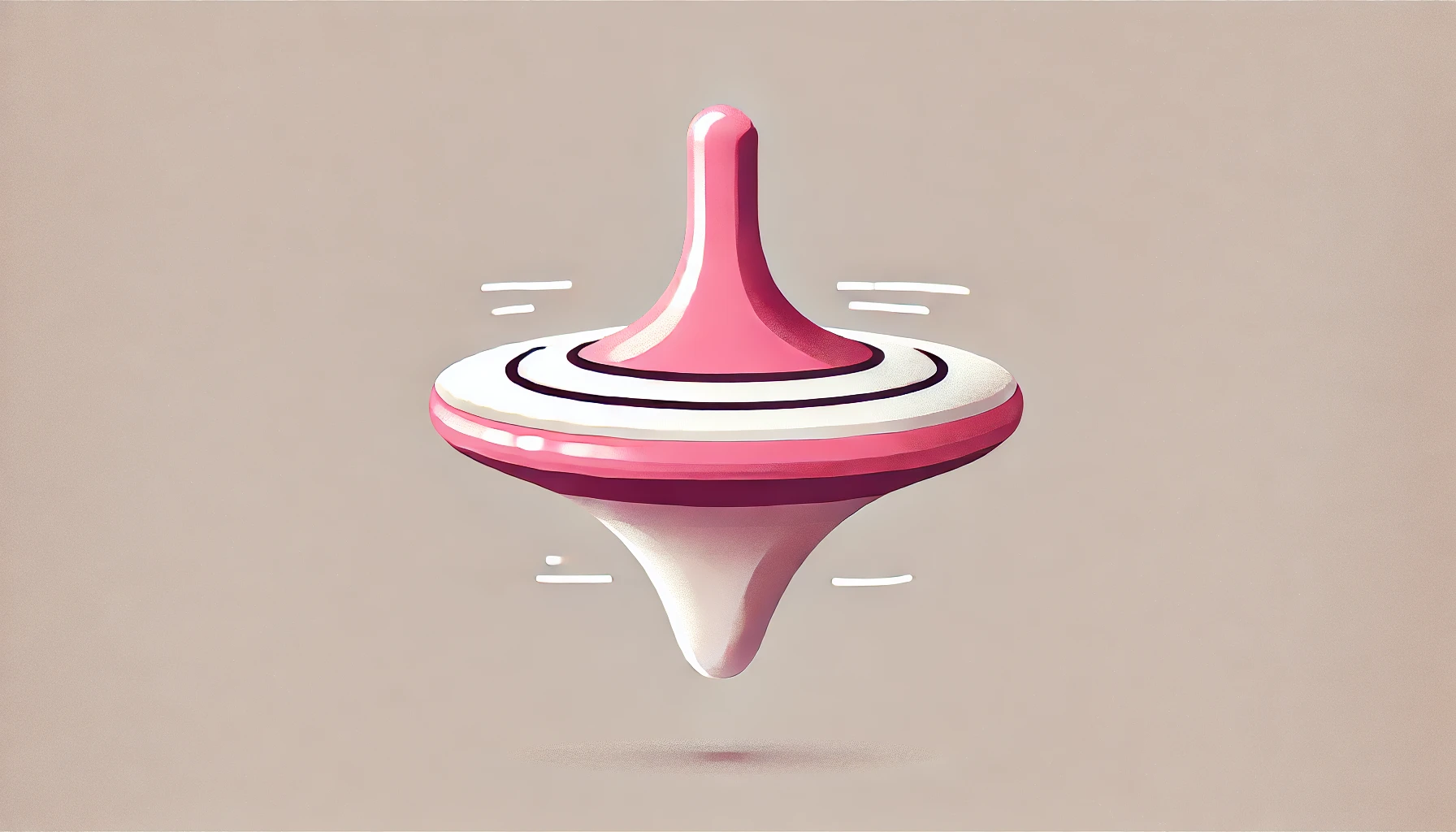
The Power of Variable Rewards
Another element Clear explores is the idea of “variable rewards.” This concept stems from the psychology of unpredictable outcomes, where occasional successes create spikes in dopamine, helping to sustain interest in a task.
He likens this to winning at a slot machine or receiving unexpected praise. The key is not knowing when a reward will come, which keeps individuals engaged and curious.
Clear argues that the optimal ratio for maintaining desire lies at a 50/50 split between success and failure. When things are slightly unpredictable, motivation remains high because the brain continues to anticipate rewards.
By incorporating variable rewards, and finding ways to keep tasks within the Goldilocks Zone, individuals can maintain interest and dedication to their habits.
For example, consider learning a new skill like public speaking or improving your business’s customer outreach. If your practice or efforts yield some wins—like an applause or a positive customer testimonial—mixed with moments of constructive criticism, you stay motivated to continue.
This psychological principle can be leveraged to make even challenging or repetitive tasks more engaging.

Consistency and Commitment
Clear wraps up by addressing the importance of sticking to a schedule. While excitement can be a great initial motivator, true mastery often comes down to showing up even when enthusiasm wanes.
The difference between professionals and amateurs is consistency: professionals commit to the process, regardless of mood or external circumstances.
David Cain, a meditation teacher, refers to the importance of avoiding being a “fair-weather practitioner.” Whether it’s meditation, exercise, or a creative endeavor, Cain suggests committing to the practice regardless of the surrounding conditions.
Professionals, according to Clear, embrace this mindset by showing up and putting in the reps even on tough days.
Clear’s final advice is to fall in love with boredom. This is the essence of true mastery—finding fulfillment in doing the same things over and over, refining the process, and seeing incremental growth.
It’s a perspective shift that allows those committed to their goals to rise above the noise of distractions and reach new heights in their careers and personal lives.
Get Your Copy of Atomic Habits
Discover the power of the Goldilocks Rule and more by grabbing a copy of Atomic Habits by James Clear. Get it here.
